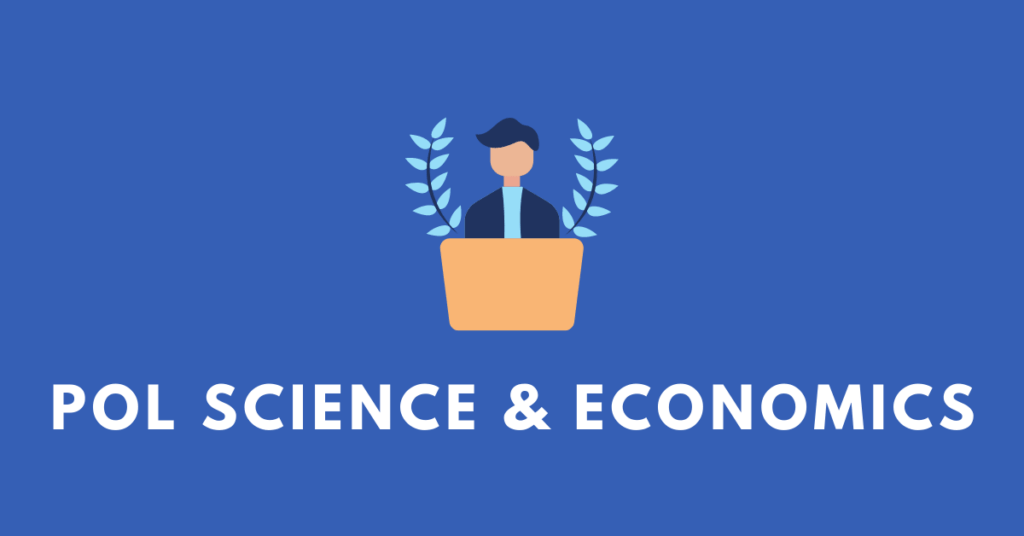Social Science as a compulsory subject includes four disciplines- History, Geography, Political Science and Economics. Social Science textbook under Board of Secondary Education, Assam, is divided into three volumes History, Geography and Political Science and Economics. Here, you will get, in English medium, the textbook solutions, questions, answers, notes, extras, MCQs, pdf of all the chapters of SEBA Class 10 Political Science and Economics.
However, these notes/solutions/answers should be treated only as references and nothing more.
Chapter 1: Indian Democracy
Introduction to SEBA Class 10 Political Science Chapter 1: The constitution of India came into existence on January 26, 1950. Till then, India was governed in accordance with the Govt. of India Act, 1935. The significant words included in the Preamble are Sovereign, Socialist, Secular, Democratic and Republic. India is a Union of States. Earlier, the Govt. of India Act, 1935 had also introduced the parliamentary form of government in a limited form. The Parliamentary democracy has been successful to establish India as a respectable Parliamentary democratic state in the whole world. In this chapter, we’ll learn the details of India as a democracy.
Chapter 2: International Organization-the United Nations Organization and Others
Introduction to SEBA Class 10 Political Science Chapter 2: The UNO was set up on 24 October 1945. Altogether there are 111 Articles in the UN charter. The six organs of the UNO are General Assembly, Security Council, Economic and Social Council, Trusteeship Council, International Court of Justice, and Secretariat. The steps taken by the UNO to eradicate war-like environment among the countries of the world through Disarmament is quite significant and laudable. The UN General Assembly adopted the Human Rights Declaration with the support of 48 member states of the UNO on 10 December 1948. The president formed the National Human Rights Commission on 28 September 1993 through an ordinance. On 8th January 1994, it became an Act.
Chapter 1: Money and Banking
Introduction to SEBA Class 10 Economics Chapter 1: No individual in the world is self-sufficient as no one can produce all the goods and services needed. Therefore, individuals are inter-dependent. This interdependence leads to barter. For example, individual A produces rice but does not produce sugarcane. Individual B produces sugarcane but does not produce rice. Individual A depends on B for sugarcane, individual B depends on A for rice. There is a direct exchange of the two commodities, rice and sugarcane, between A and B. This is also true of countries. Lack of self-sufficiency leads to interdependence. Money, as a form of exchange, makes this interdependence easy, and banking makes the management of money feasible.
Chapter 2: Economic Development
Introduction to SEBA Class 10 Economics Chapter 2: Economic growth, economic development, and human development do not mean one and the same thing; these concepts are different from one another. The first Human Development Report was published in 1990. India has chosen democratic planning to promote economic well being. In the first phase of planning in India covering the period 1951-52 to 1990-91, the public sector was the leading sector. In the second phase of planning from 1991-92 to the present day, the importance of liberalisation, privatisation and globalisation has increased. The Planning Commission of India has been replaced by NITI Aayog. Assam’s Twelfth Five Year Plan is being guided by a set of important objectives.
Get notes of other classes and subjects



Very useful app I love it very much
Y helped me a lot during exam time
—Thanks
thank u so much for these notes,it is very useful
Thnks for the notes, it is very useful for me
Thank you
You may help me???